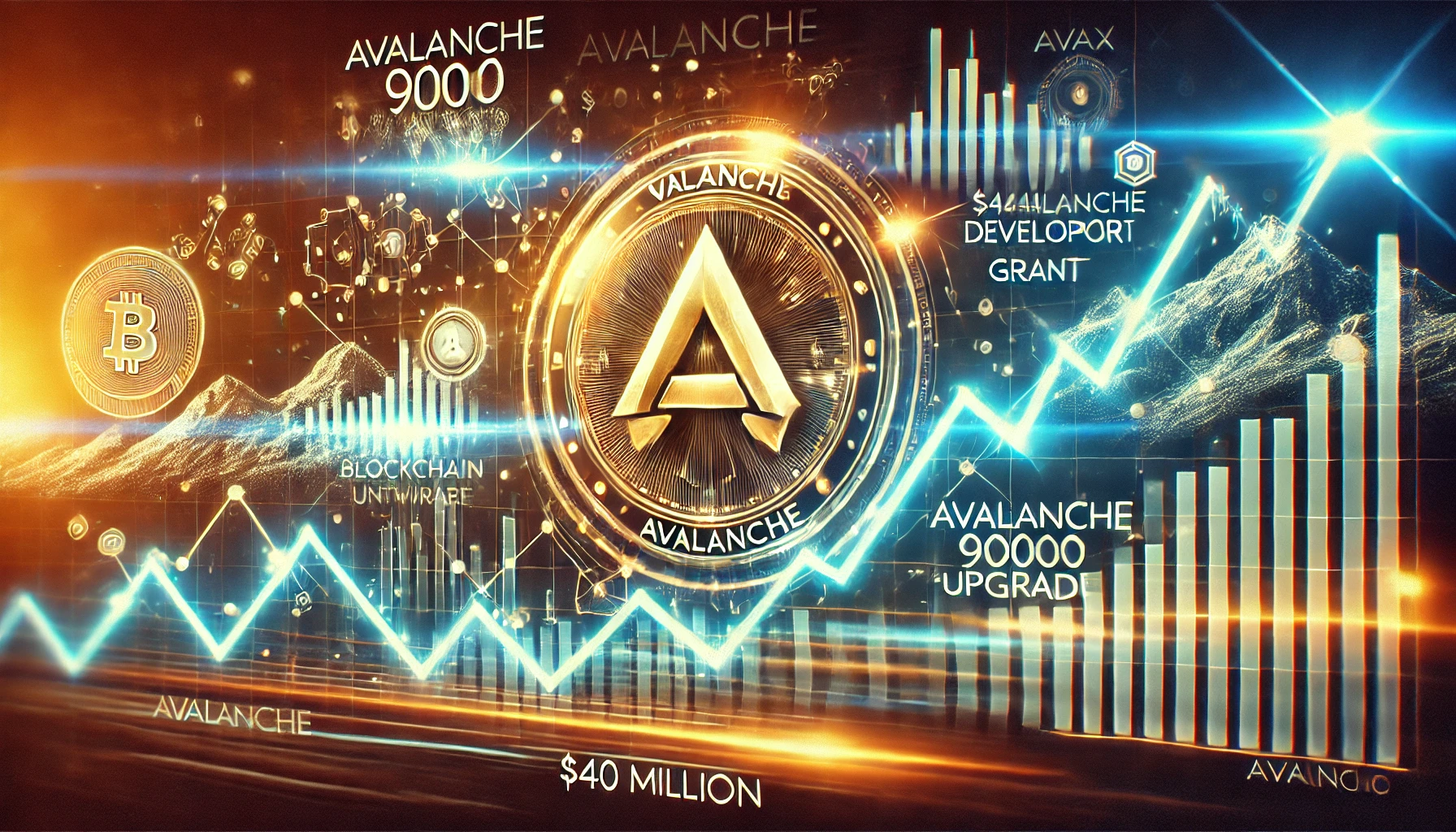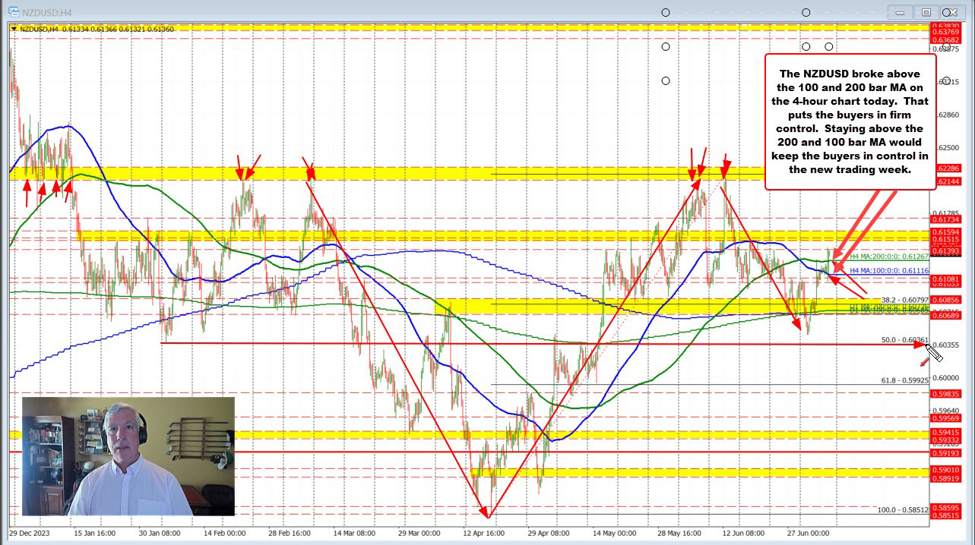In a bold move that hints at the next evolution in crypto infrastructure, Coinbase has acquired Liquifi, a platform specialized in launching and managing tokenized assets. While headlines are still catching up to the implications, this acquisition could serve as a major catalyst for regulatory alignment, investor confidence, and mainstream adoption of tokenized financial products.
Yet, not everything is rising in tandem. Circle, the issuer behind USDC, saw its stock remain flat despite initial post-listing gains—revealing an intriguing divergence between infrastructure development and market sentiment.
Liquifi: The Infrastructure Play
Liquifi isn’t a household name—yet. But its role is essential. As a tokenization infrastructure provider, it enables projects to issue and manage digital assets on-chain, including equity, real estate, and other securities. These capabilities make it a strategic acquisition for Coinbase, which is increasingly positioning itself not just as an exchange, but as a regulated, vertically integrated Web3 platform.
The move suggests Coinbase anticipates regulatory clarity around digital securities, and wants to be ready when it arrives. By acquiring Liquifi, Coinbase could facilitate fully compliant token launches and potentially cater to institutional clients looking to digitize assets on-chain.
“This is a play for the tokenization of everything,” noted one analyst on X. “Coinbase is preparing for a world where cap tables, funds, and even treasuries are all on-chain.”
Circle’s Flatline: Misunderstood or Maturing?
While USDC remains the second-largest stablecoin and a key piece of crypto infrastructure, Circle’s public stock performance has been underwhelming. Despite heavy use of USDC across DeFi, fintech, and even cross-border payments, the market hasn’t yet rewarded Circle’s position as a backend powerhouse.
Some suggest this signals a broader skepticism around stablecoin issuers’ monetization models—others argue that Circle’s role is becoming so critical and stable, it’s being treated more like financial plumbing than a growth stock.
This split reflects a deeper theme: infrastructure is booming beneath the surface, but not all of it is glamorous or priced in.
Meanwhile, 49 Countries Pilot CBDCs
Adding fuel to the momentum: Central Bank Digital Currencies (CBDCs) are no longer theoretical. With 49 countries actively piloting their own digital currencies, a tokenized future seems inevitable. While many CBDC projects are still in early phases, they signal governments’ commitment to digitizing money.
This matters because tokenization thrives on standards, interoperability, and trust—qualities that CBDCs could help enforce globally. The blending of public money (CBDCs), private stablecoins (like USDC), and tokenized assets (via platforms like Liquifi) could create a new, hybrid financial layer.
What Else Is Emerging? Spot & Staked Crypto ETFs
Rounding out this shift are new financial products like spot and staked crypto ETFs, expanding access for traditional investors. This week saw filings for ETH staking ETFs and updates to spot ETF applications in Asia and the U.S.
Together with Liquifi’s token launch infrastructure, Circle’s stability, and growing institutional interest, this hints at a comprehensive Web3 financial stack:
-
Stablecoins for payment rails
-
Tokenization platforms for capital markets
-
ETFs for access via traditional finance
-
CBDCs to normalize digital assets at a national level
Coinbase’s Liquifi acquisition isn’t just about adding features—it’s about positioning for a fully digitized capital market. Even as Circle’s stock plateaus and regulatory ambiguity lingers, the foundations are being laid.




